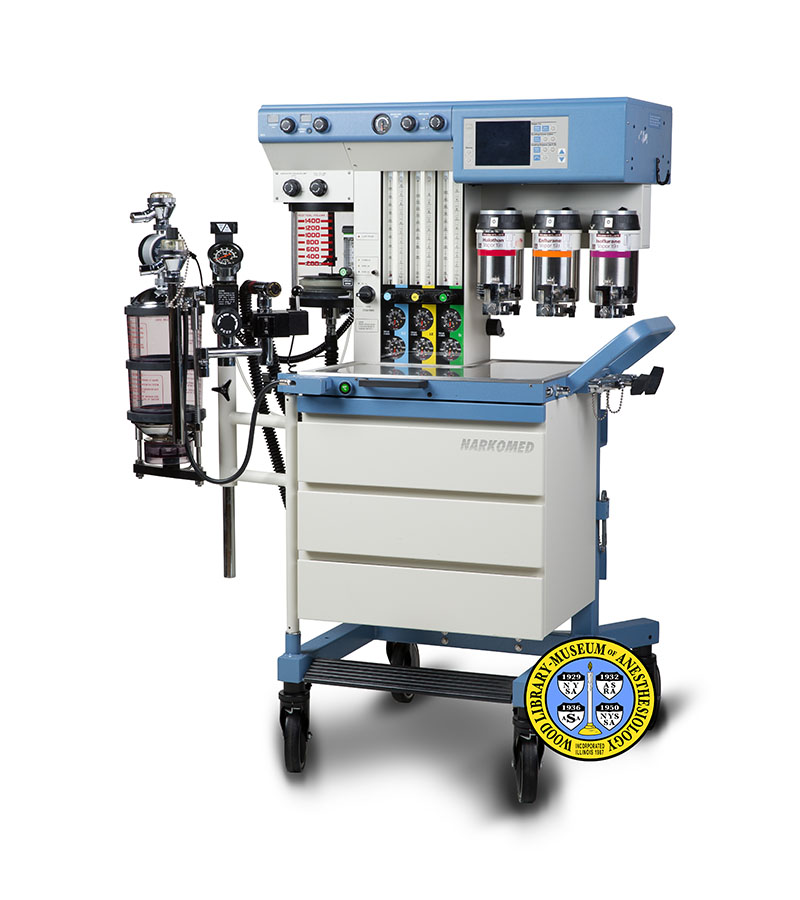

Mixed simulators: augmented physical simulators with virtual underlays. Lampotang S, Lizdas D, Rajon D, Luria I, Gravenstein N, Bisht Y, Schwab W, Friedman W, Bova F, Robinson A.

Computer and web-enabled simulations for anesthesiology training and credentialing. Using screen-based simulation of inhaled anaesthetic delivery to improve patient care. The anesthesia simulator-recorder: a device to train and evaluate anesthesiologists’ responses to critical incidents. The physiology and pharmacology of growing old, as shown in body simulation. Simulation in anesthesia: the merits of large simulators versus small simulators. A mixed-reality part-task trainer for subclavian venous access. Robinson AR, Gravenstein N, Cooper LA, Lizdas D, Luria I, Lampotang S. Understanding of anesthesia machine function is enhanced with a transparent reality simulation. įischler IS, Kaschub CE, Lizdas DE, Lampotang S. (2011) 15 minute power lecture: vaporizers and the Copper Kettle. In: Anonymous the comprehensive textbook of healthcare simulation. The use of a digital computer as a teaching machine. Harvey: the impact of a cardiovascular teaching simulator on student skill acquisition. Woolliscroft JO, Calhoun JG, Tenhaken JD, Judge RD. Effectiveness of a simulator in training anesthesiology residents. Sim one - the first computer-controlled patient simulator - VHA SimLEARN. New York: University Press of America, Inc. Essays on medical education: (S.A.’s on Medical Education). A brief history of the development of mannequin simulators for clinical education and training. A particular challenge of anesthesiology computer-based simulation is not only to impart knowledge to the learner but to be able to measure this impact by improving the learner’s performance, ultimately resulting in improved patient outcomes.
#Anesthesia simulator recorder driver
The pioneers of medical simulation arose from the field of anesthesiology, and from the beginning, patient safety has been the primary driver of simulation (Cooper and Taqueti Postgrad Med J 84:563–570, 2008 Lampotang J Crit Care 23:173–178, 2008 Ventre and Schwid Anonymous the comprehensive textbook of healthcare simulation, Springer Verlag, DE 2013). With the invention of the computer and cost-effective creation of computer-based simulations, primary education of the anesthesiology student now involves digital lectures, online lecture materials, videos, and realistic simulation. Anesthesiology education is still primarily an apprenticeship trainees practice in the real world on patients, under the supervision of a senior anesthesiologist.


 0 kommentar(er)
0 kommentar(er)
